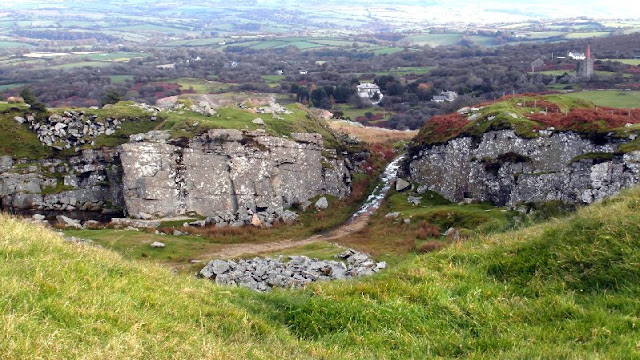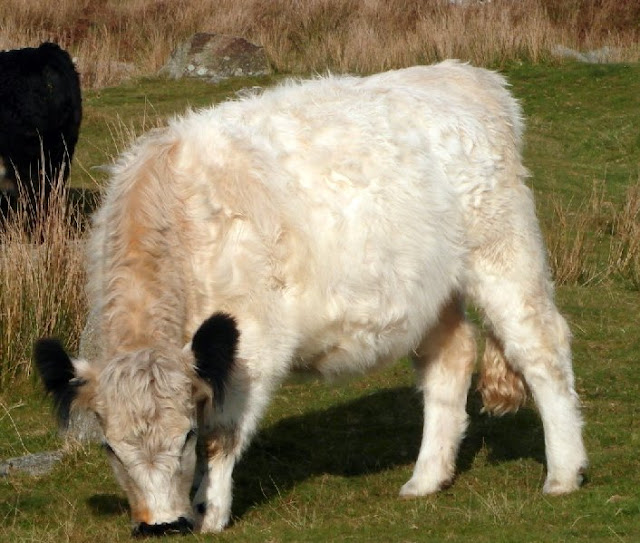Eleven years ago, I was told that I needed a replacement knee, after complaining of lots of pain in my right knee when walking - and afterwards.
My name eventually came to the top of the surgeon's list and I was told that I would have my operation within a few months. However . . . it was to be at a hospital where MRSA was a huge problem: wards had been closed and patients were being infected and leaving hospital in a much worse state than when they went in. In some cases, MRSA proved fatal.
So guess what? I cancelled my operation.
A few months ago, I decided that the time had come to investigate the possibility of having this replacement knee, before the Government decided that anyone over a certain age would no longer be eligible for such operations and before my symptoms got so bad that I could no longer walk.
But I needed to have one last fling with the knees I already have!
So from Minions village I set out along the old railway track that was used in the 19th century to transport granite from the Cheesewring Quarry and eventually down to the port of Looe where it was sent all over the British Isles and further afield. Did you know that Tower Bridge in London, completed in 1894, is constructed of Cheesewring granite?
The views from up there are far-reaching and on a clear day the sea can be seen in St.Austell bay.
Nearing the summit, I left the track and took a narrow path which circles around the Cheesewring pile of rocks; at this point it has the deep quarry on one side and a steep drop on the other with plenty of boulders to clamber over.
A small detour led to Daniel Gumb's Cave; Daniel Gumb was a stone-cutter and mathematician who lived the life of a hermit in this cave with his wife, to avoid paying taxes. They had a large family here but sadly many of the children died young. A son and a grandson of Daniel were coppersmiths in a nearby village in the mid-eighties.
Looking down into the quarry - the railway track can be seen leading in between walls of granite to eventually end at the quarry face.
Almost there!
The Cheesewring wasn't man-made; it was caused by erosion of the soil around these rocks leaving them exposed.
The lower rocks can't be seen in this photo, but the astonishing thing is that they are all smaller than the huge, heavy ones above and it seems impossible that the whole structure hasn't collapsed long ago. At one time, the blasting in the quarry threatened to topple it, but it was saved by locals protesting and insisting that blasting close to it was stopped.
Of course, the local wildlife has to appear in my photos; I was intrigued by the black ears on this creamy-coloured cow, then she looked up and . . . .
. . . . I found that she has a black nose as well!
A long-horned cow caught my attention and I waited patiently to get a good shot, but she didn't look too friendly as she started to walk towards me, so I scarpered!
I felt quite chuffed that I had managed this walk without too much bother, although I was glad to reach the car park at the end and even gladder to reach home.
Now I have a date for my Replacement Knee operation; feeling a bit nervous but it will be good to be able to walk without pain. I also need to get much better organised than usual in the matter of buying Christmas presents, writing and posting cards and any other Christmas arrangements. There are December birthdays due as well.
Roll on 13th December!
































